MAP Fertilizer Processing Plant: Maximizing Resource Efficiency in Phosphorus Production
The growing demand for high-quality fertilizers has driven the evolution of fertilizer production technologies. Among these, Monoammonium Phosphate (MAP) fertilizer stands out due to its balanced nutrient profile and its effectiveness in promoting crop growth. MAP Fertilizer Processing Plant play a pivotal role in efficiently transforming raw materials into premium fertilizer products. This process not only ensures optimal nutrient availability for plants but also maximizes resource efficiency, contributing to sustainable agricultural practices. In this article, we will explore the key aspects of MAP Fertilizer Processing Plant and their role in improving phosphorus production while minimizing resource waste.
What is MAP Fertilizer?
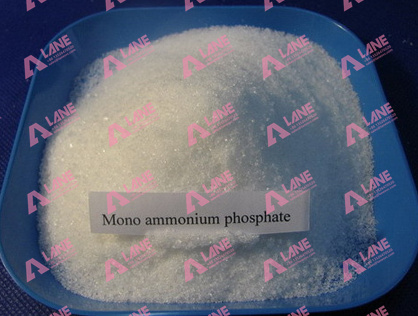
Monoammonium Phosphate (MAP) is a widely used fertilizer containing essential nutrients such as nitrogen (N) and phosphorus (P). It is typically produced by reacting phosphoric acid with ammonia to form ammonium phosphate. The high phosphorus content in MAP makes it particularly beneficial for promoting strong root development, increasing plant resistance, and improving flowering and fruiting. MAP is commonly used for a variety of crops, including grains, vegetables, and fruits.
The Key Steps in MAP Fertilizer Processing
A MAP Fertilizer Processing Plant involves several critical steps that ensure the production of high-quality MAP while maximizing resource efficiency. These steps are carefully managed to minimize energy consumption, reduce waste, and optimize the use of raw materials.
1. Phosphoric Acid Production
The production of MAP begins with the production of phosphoric acid, a key ingredient in MAP fertilizer. Phosphoric acid is derived from phosphate rock, which is first subjected to sulfuric acid to release phosphorus. The phosphoric acid is then purified to remove impurities before being used in further reactions. The quality of the phosphoric acid directly impacts the final MAP product, making the phosphoric acid production stage critical to the overall process.
2. Ammonia Reaction
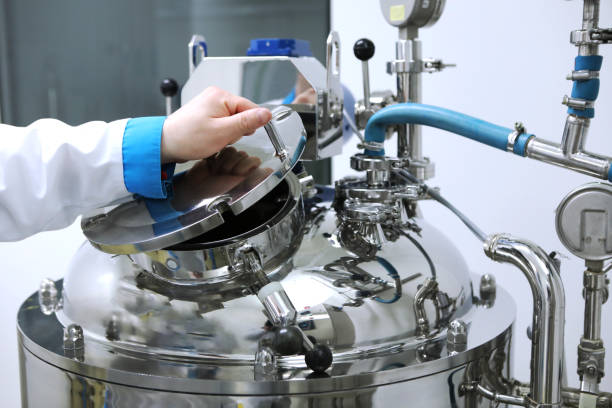
Once the phosphoric acid is ready, it is reacted with ammonia to produce Monoammonium Phosphate. The ammonia reacts with the phosphoric acid to form ammonium phosphate. This reaction is typically carried out in a high-temperature reactor, where the appropriate temperature and pressure conditions are carefully controlled. The reaction produces a mixture that consists of MAP, water, and some by-products. The quality of the MAP produced in this stage is crucial, as any impurities or inconsistencies can affect its nutrient content and overall effectiveness as a fertilizer.
3. Crystallization
After the reaction between phosphoric acid and ammonia, the resulting mixture is cooled to allow for the crystallization of MAP. The cooling process enables the MAP to solidify, forming crystals that are then separated from the remaining liquid. The crystallization stage is essential for producing high-quality MAP with the desired nutrient content and granule size. The MAP crystals are then washed to remove any remaining impurities, ensuring that only the purest fertilizer reaches the next stage.
4. Granulation and Drying
After crystallization, the MAP fertilizer is often processed further through granulation. In the granulation stage, the MAP crystals are combined with other raw materials, such as binder agents, to form uniform granules. The granules are then dried in a dryer to reduce their moisture content. This ensures that the final product is easy to store and apply. The drying process also helps in improving the shelf life of the fertilizer, making it more convenient for use in agriculture.
Granulation is a critical part of the MAP Fertilizer Processing Plant because it ensures that the fertilizer is in a form that can be easily applied to soil. Granules provide even nutrient distribution and allow for slow and controlled nutrient release over time.
5. Cooling and Screening
Once the granules are dried, they are sent through a cooling system to bring their temperature down. This prevents any deterioration of the product and ensures that it can be safely packaged. The cooling process also helps in hardening the granules, making them less prone to clumping and caking.
After cooling, the MAP granules go through a screening process to separate out any oversized or undersized particles. Screening ensures that only the properly sized granules are packaged for distribution, while the rejects can be returned to the granulation process for further refinement.
6. Packaging
The final stage of the MAP production process involves packaging the granulated fertilizer for distribution. The granules are weighed, bagged, and sealed in appropriate packaging. This step is vital to ensuring that the MAP fertilizer is conveniently packaged and ready for sale or use in agriculture.
Maximizing Resource Efficiency in MAP Fertilizer Production
One of the major advantages of MAP Fertilizer Processing Plant is their ability to maximize resource efficiency, reducing waste and optimizing the use of raw materials. Several key techniques are employed to achieve this:
1. Energy Efficiency
MAP production can be an energy-intensive process, especially during the reaction and drying stages. Modern MAP Fertilizer Processing Plants employ energy-efficient technologies, such as waste heat recovery systems and low-energy drying techniques, to minimize energy consumption. By recovering heat from the cooling process and reusing it in the drying stage, plants can significantly reduce their energy requirements.
2. Water and Raw Material Recycling
Water and raw materials are critical components of the MAP production process. Efficient plants use advanced water recycling systems to reduce the amount of fresh water needed for cooling and washing. Additionally, excess materials from earlier stages, such as fine powders or off-spec granules, are often recycled back into the process, reducing waste and ensuring that valuable raw materials are fully utilized.
3. Automation and Process Optimization
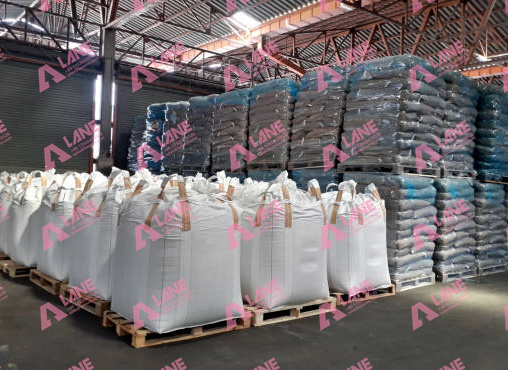
Advances in automation and digital technologies have made it possible to optimize the MAP Fertilizer Processing Plant for greater efficiency. Automated control systems monitor temperature, pressure, and moisture levels throughout the production process to ensure that the plant operates at peak efficiency. These systems also help in minimizing human error and reducing the risk of equipment failure, leading to less downtime and more consistent production.
4. Quality Control
Efficient plants implement stringent quality control measures throughout the production process. This includes regular testing of raw materials, in-process samples, and finished products to ensure that the MAP fertilizer meets the required nutrient specifications. By maintaining consistent quality, MAP Fertilizer Processing Plants can minimize the production of off-spec fertilizers, reducing waste and ensuring that customers receive a high-quality product.
Conclusion
MAP Fertilizer Processing Plants are essential to the production of high-quality phosphorus-based fertilizers that meet the needs of modern agriculture. Through careful process management and the use of efficient technologies, these plants maximize resource efficiency, reduce waste, and improve the sustainability of fertilizer production. By employing energy-efficient practices, recycling raw materials, and optimizing production techniques, MAP fertilizer production can contribute to a more sustainable agricultural system, ultimately supporting healthier soils and improved crop yields worldwide.
As the demand for sustainable farming solutions continues to grow, MAP Fertilizer Processing Plants will play a critical role in meeting these needs while ensuring that nutrient-rich fertilizers remain accessible and effective for agricultural producers.
Latest Articles & Tips
More-
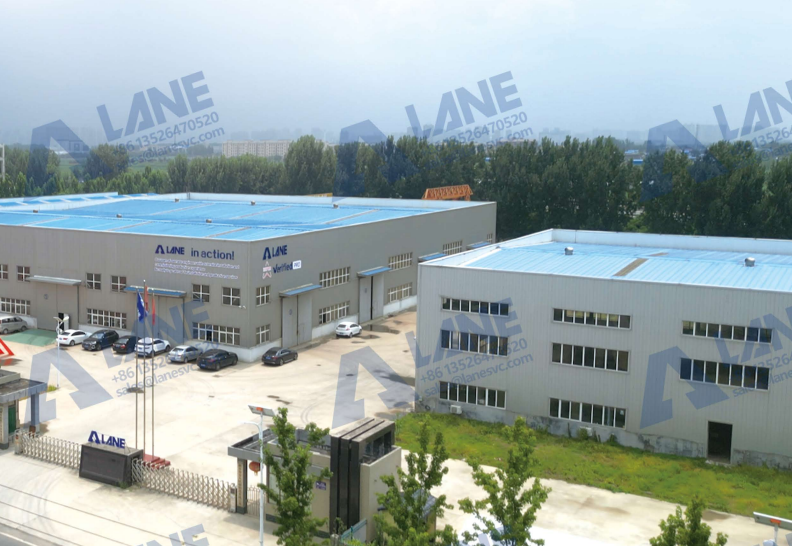
03/14
OEM Fertilizer Equipment Manufacturing: Custom Solutions for Your Production Needs
read more -
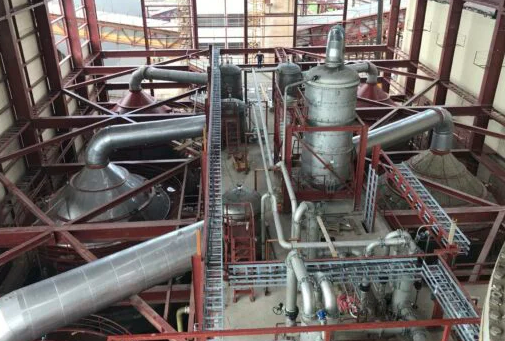
02/27
Fertilizer Granulation for DAP and MAP: Enhancing Efficiency in Fertilizer Production
read more -
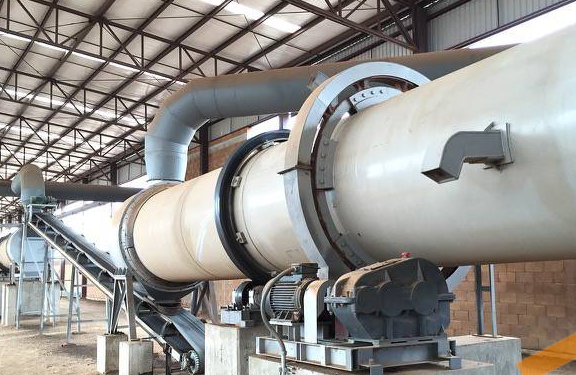
02/27
Fertilizer Production Solutions: Optimizing Efficiency and Sustainability in Fertilizer Manufacturing
read more -
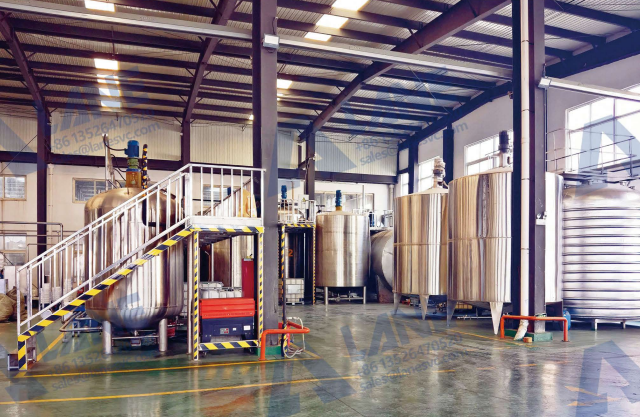
02/13
Chemical Fertilizer Production Line: Enhancing Agricultural Productivity with Precision Manufacturing
read more



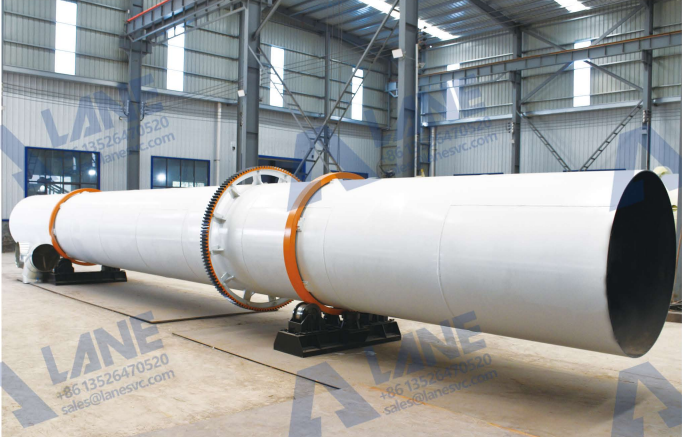
Send a message to us